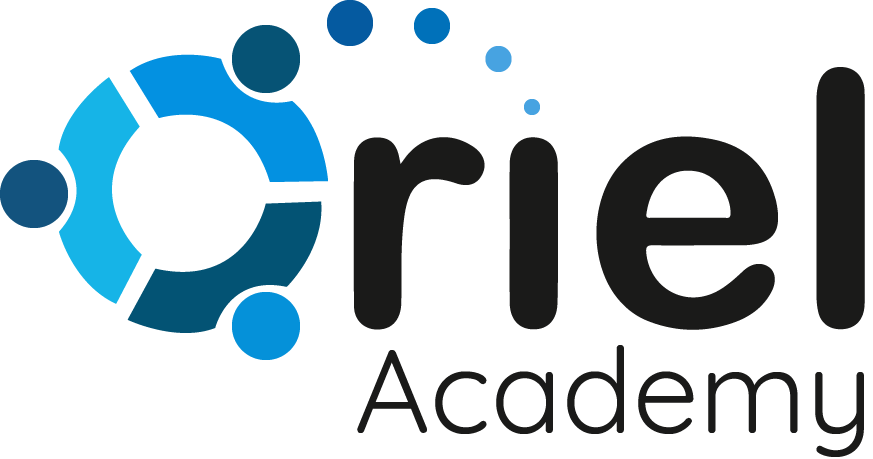In today’s fast-paced world of healthcare, it’s not enough to just treat patients, it’s also about creating a bond and building real relationships with them. That’s where what kind of tools you are using behind the scenes matter. When it comes to Healthcare PRM vs. CRM, you might be wondering: which one does what? And more importantly, do you need both?
The short answer: yes. Each tool plays a unique role in how you connect with your patients. When used together, they help create stronger relationships, better communication, and a more caring experience overall. Let’s explore what sets PRM and CRM apart—and why they work best side by side.
What Is Healthcare CRM, Really?
Think of a Customer Relationship Management (CRM) system as your clinic’s outreach expert. It’s designed to help you attract new patients—through marketing, scheduling, lead follow-up, and more. For example, when someone clicks on an ad, fills out a form, or books their first appointment, CRM is there to track and manage that journey.
It’s powerful, especially when you’re trying to grow. But CRM often stops once the patient walks through the door. And that’s where PRM comes in.
What Does Healthcare PRM Do?
Patient Relationship Management (PRM) focuses on what happens after someone becomes your patient. It’s about keeping the connection alive through reminders, check-ins, follow-up messages, and helpful information—things that make people feel genuinely cared for.
In a way, PRM is like the friendly voice that says, “We’re still here for you,” even after the appointment ends. It helps turn one-time visits into long-term trust.
Healthcare PRM vs. CRM: What’s the Difference?
Let’s break down the difference between healthcare PRM vs. CRM in a way that’s simple and relatable:
| Aspect | CRM—Reaching Out | PRM—Staying Connected |
| Focus | New patients | Existing patients |
| Purpose | Attract and convert leads | Nurture ongoing relationships |
| Communication Style | Campaigns, ads, promotions | Reminders, personal updates, check-ins |
| Feel | Broad outreach | Personal and caring |
| End Goal | Practice growth | Patient satisfaction and loyalty |
Both systems serve different, but equally important, parts of the patient experience.
Why Your Practice Needs Both
It’s not about picking between healthcare PRM and CRM—it’s about knowing how to use them together. CRM helps you find and welcome new patients. PRM helps you make them feel at home.
Think of CRM as the warm hello—and PRM as the continued conversation that makes someone feel seen and supported. When used together, they create a complete patient journey, from the first interaction to ongoing care and beyond.
The result? Patients who trust you, recommend you to others, and keep coming back—not because they have to, but because they want to.
The Heart Behind the Tech
It’s easy to get lost in technology, but at the end of the day, both PRM and CRM are just tools to help us do something deeply human, that is connect with the patients.
Patients don’t just want efficient systems—they want to feel remembered, respected, and reassured. They want to know you’re thinking of them, even when they’re not in the clinic. And that’s exactly what a thoughtful PRM and CRM approach can do.
So when thinking about healthcare PRM vs. CRM, it’s really about how you want your patients to experience your care—not just during appointments, but in all the moments in between.
Final Thoughts
Understanding the difference between healthcare PRM vs. CRM is more than a tech decision—it’s a patient care decision. Together, they help you grow your practice while also making every patient feel like a priority.
Want to learn how to implement both tools effectively?
Visit Oriel Academy to explore our expert insights, training, and resources made just for healthcare professionals like you.





